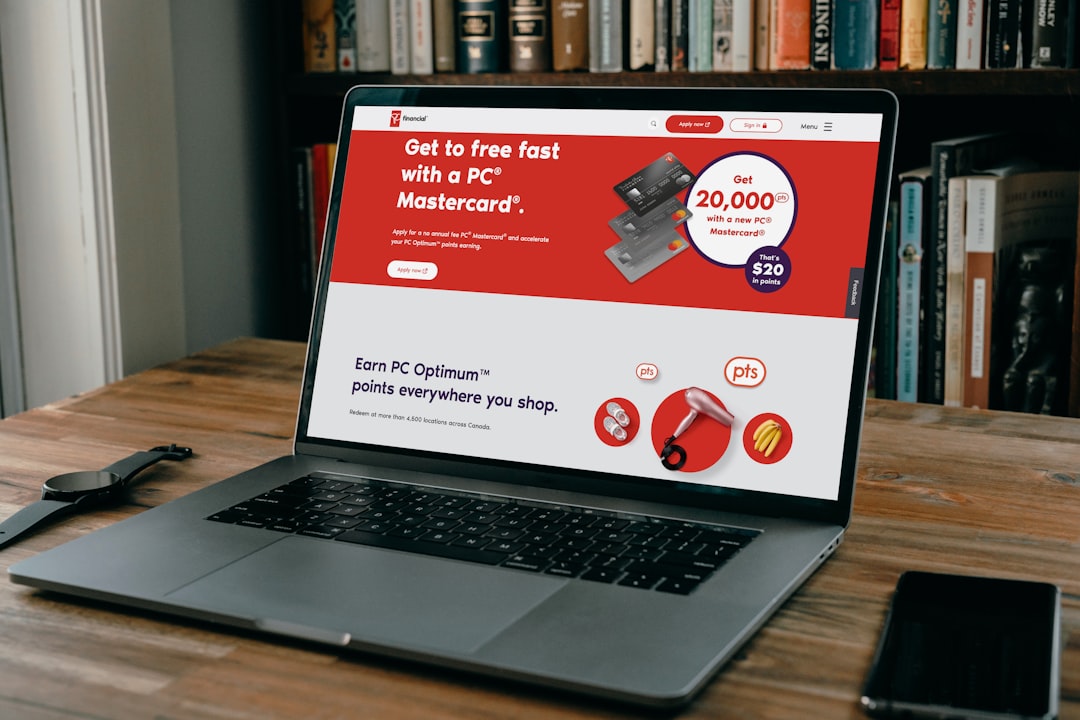When it comes to optimizing websites for performance, one of the most overlooked yet powerful factors is page speed. It’s not just a tech issue—it has real-world implications on user engagement, conversion rates, and ultimately, revenue. While developers and marketers often suspect that faster sites perform better, quantifying this impact can be challenging without concrete data. That’s where A/B testing comes into play. Backed by rigorous experimentation, A/B-tested case studies reveal the real ROI of improving page speed and show just how much speed matters.
Why Page Speed Matters
Before diving into examples, it’s important to understand why speed stands out as a crucial metric. Studies have proven repeatedly that the longer a page takes to load, the more likely users are to abandon it. According to Google research:
- 53% of mobile users abandon a page that takes longer than 3 seconds to load.
- Every additional second of page load time can decrease conversions by up to 20%.
- Faster websites have higher engagement, lower bounce rates, and improved SEO rankings.
The key takeaway? Page speed isn’t just a “nice to have”—it’s a must.
A/B Testing: The Gold Standard for Optimization
A/B testing is a data-driven approach where two or more versions of a web page are shown to different user segments to compare performance. It removes conjecture from decision-making and reveals the exact impact of changes like performance enhancements.
When it comes to speed, A/B testing allows businesses to see how a 1-second reduction in page load time can affect metrics such as:
- Conversion rates
- Average order value (AOV)
- Time on site
- Revenue per visit
Let’s explore multiple case studies from different industries that have used A/B tests to measure the true ROI of page speed improvements.
Case Study 1: Walmart
Walmart, one of the world’s largest retailers, ran a comprehensive A/B test to determine how page speed influences customer behavior. The results were eye-opening. For every 1 second of improvement in load time, Walmart saw:
- A 2% increase in conversion rates
- Higher revenues per session
- Increased time on site per visitor
The biggest lesson? A more responsive and snappy website directly correlates with better business outcomes. Walmart used this data to fine-tune their infrastructure and reduce server-side bottlenecks, achieving long-term ROI benefits.

Case Study 2: Mobify
Mobify, a mobile-focused commerce platform, conducted A/B testing after implementing a site speed enhancement feature. The initial test compared their regular mobile site with a progressively-loaded version. The speedier version led to:
- A 1.11 second improvement in load time
- A 1.55% increase in session-based conversion
- $377,500 additional annual revenue for one client
By testing incrementally faster builds, Mobify was able to determine the tipping point where speed yielded diminishing returns. This allowed them to strike a balance between performance and development cost-effectiveness.
Case Study 3: Financial Services Landing Page
A leading financial services company wanted to improve the performance of their lead generation landing page. An A/B test was launched where one version featured optimized images, leaner CSS, and reduced JavaScript calls. The changes resulted in:
- A 2.8-second reduction in page load time
- A 19% increase in form completions
- Lower cost-per-acquisition (CPA)
This wasn’t just about speed—it was about removing friction. Faster pages removed the mental load on users and made actions feel more intuitive.
Quantifying ROI Beyond Revenue
While increased revenue is a common metric, the ROI of page speed also includes:
- Improved SEO rankings: Faster sites are favored by Google’s algorithm.
- Reduced server costs: Lean sites consume fewer resources.
- Enhanced user loyalty: Speed leads to satisfaction, and satisfaction breeds repeat visits.
- Higher mobile engagement: Especially important considering how varied mobile network speeds can be.
Many businesses overlook these ancillary benefits, which collectively contribute to a healthier digital presence.
Technical Fixes That Deliver Fast ROI
Some page speed enhancements that A/B tests have proven valuable include:
- Image optimization: Using next-gen formats like WebP, lazy loading, and compression.
- Minifying CSS, JavaScript, and HTML: Reducing file sizes for faster parsing.
- Using a Content Delivery Network (CDN): Decreasing the distance between server and user.
- Prioritizing critical content: Loading above-the-fold content first improves perceived speed.
Implementing just one or two of these can dramatically impact performance, as shown in countless tests across industries.

Case Study 4: AliExpress
AliExpress made deliberate efforts to improve mobile site speed through lazy loading and resource prioritization. They segmented traffic and applied these changes to a test group via A/B testing. The results?
- 10.5% increase in orders
- 27% increase in conversion rates for new users
- Lower bounce rate by 15.4%
This major boost came from optimizing just one aspect of page speed on mobile. The findings were so significant that AliExpress rolled out the enhancements globally within months of testing.
Page Speed and Perception
Interestingly, perceived speed is just as important as actual speed. A/B testing has shown that preloading animations or progress indicators can make users feel like a site is faster, even when backend changes are minimal.
Adding psychological triggers to the mix is a smart way to improve user experience. Smart UX decisions, combined with actual technical performance, create a double benefit through A/B validation.
Final Thoughts: Making the Business Case for Speed
Page speed improvements aren’t just technical upgrades—they’re business strategies. In today’s digital-first environment, a fast site is a competitive advantage. With A/B testing, there’s no guesswork. You get clear, quantifiable proof of how speed impacts your bottom line.
When planning your next optimization project, consider starting with speed. It’s one of the lowest-hanging fruits with the highest potential returns. A few milliseconds might seem trivial to developers, but to users—and your profit margins—they matter enormously.
Key Takeaways:
- A/B testing is the most reliable method to measure the ROI of page speed improvements.
- Speed affects everything from conversions to search rankings to user retention.
- Real-world case studies underscore that even modest improvements can drive major returns.
- Technical fixes like image optimization and code minification yield fast and measurable results.
In the end, treating performance as a core business metric rather than a backend concern will put your website—and your company—ahead of the curve.

